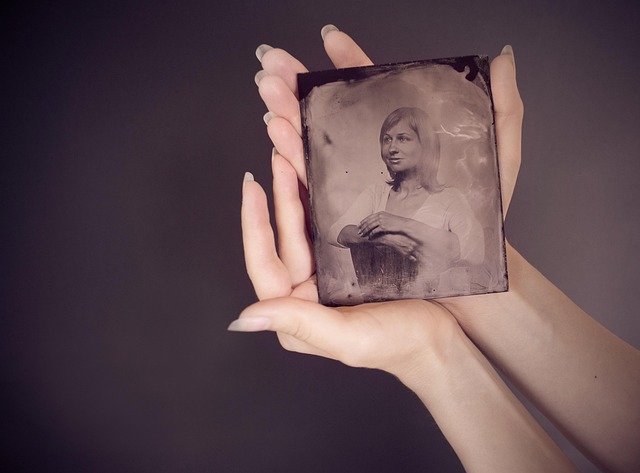Capturing History: Exploring Ambrotype Photography and Optics
In the world of photography, few techniques are as mesmerizing and evocative as the ambrotype. This 19th-century photographic process, characterized by its stunning depth and ethereal quality, allows us to capture moments in time, immortalizing them with a unique charm that digital images cannot replicate.
Imagine holding a piece of history in your hands—a delicate glass plate, coated with a light-sensitive emulsion, upon which a fleeting moment has been etched. The ambrotype, first introduced in the early 1850s, is more than just a photograph; it is a tangible connection to the past, inviting you to explore the stories it carries. Each ambrotype is a solo performance, a one-of-a-kind portrait that encapsulates the essence of its subject, reflecting not only their exterior but the emotions and experiences within.
The Allure of Ambrotype Photography
What sets ambrotypes apart from other photographic methods is their inherent warmth. The images possess a rich, velvety quality, achieved through the use of glass plates and collodion—a syrupy mixture that grips the light. This technique is not about achieving perfect clarity; instead, it seeks an emotional resonance that speaks to the viewer, pulling them into the narrative captured within the glass.
As a photographer, utilizing ambrotype techniques invites you to slow down and immerse yourself in your surroundings. The process is deliberate, requiring careful preparation and execution. Each shot is a mission, demanding patience and a deep understanding of light and optics. This meticulous attention to detail facilitates a connection between the artist, the subject, and the very moment being captured.
The Role of Optics in Ambrotype Photography
The magic of ambrotypes is not solely in the emulsion or the glass plate; it also heavily relies on the optics employed within the camera. The lenses used in ambrotype photography are often vintage, possessing unique characteristics that create a distinctive aesthetic. The imperfections in the optics add to the allure, softening harsh lines and creating a dreamlike atmosphere that modern lenses often fail to achieve.
Experimenting with varying focal lengths and apertures reveals a treasure trove of creative possibilities. Each variation allows the photographer to manipulate light and shadow, shaping how the viewer perceives the image. This experimentation can be incredibly fulfilling, encouraging you to discover your unique style and vision.
Creating Connections Through Ambrotypes
When you capture an image using ambrotype techniques, you’re not just taking a photograph; you’re forging a connection that transcends time. The act of pressing the shutter releases an array of emotions—anticipation, wonder, and a touch of nostalgia. Each image you create is a portal, inviting viewers to step into an instant frozen in time.
The beauty of ambrotypes lies in their ability to evoke feelings of intimacy and nostalgia. Holding an ambrotype often feels like holding a cherished family heirloom. The surfaces are tactile, warm, and imperfect—a far cry from the sleek, polished look of digital prints. Each piece tells a story, making it a perfect medium for portraiture, landscapes, or artistic explorations.
As you delve deeper into the world of ambrotype photography, you’ll find that it’s not just about the technique; it’s about the emotions that arise when capturing life’s fleeting moments. Embrace the imperfections, the textures, and the depth that ambrotypes offer, and transport yourself and your audience back to a time where capturing a photograph was a treasured art form, rich in history and meaning.

